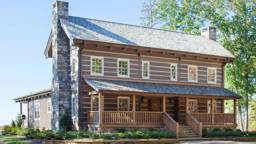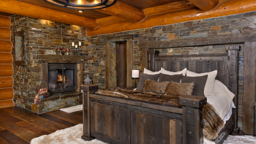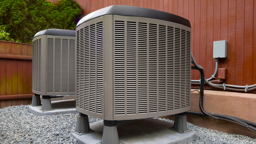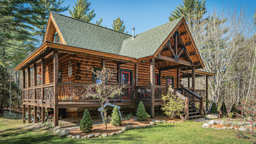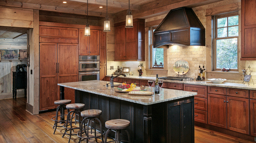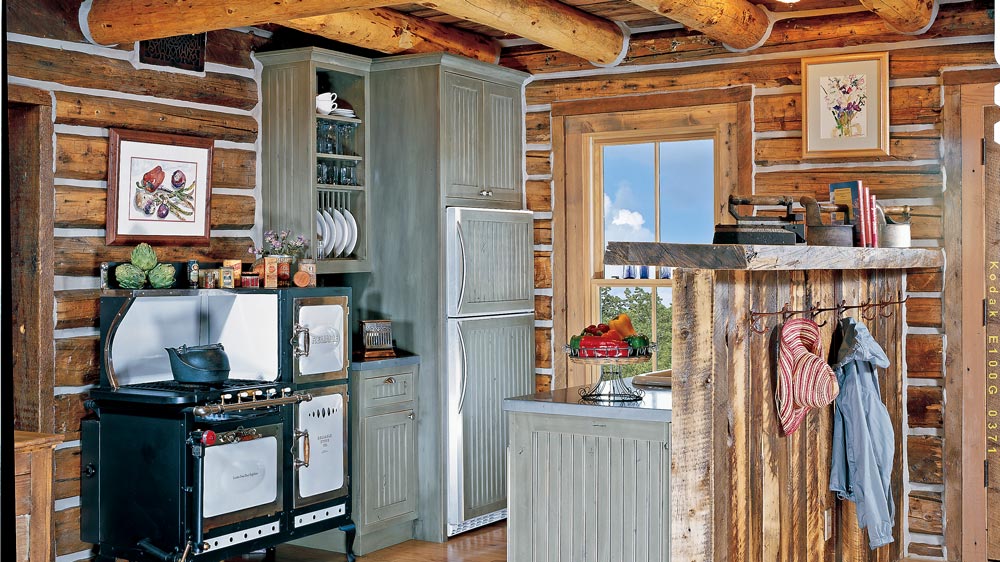
Vacation-home ownership is a goal on many a bucket list, and it can be a smart investment. There’s an advantage to having a consistent, comfortable place to unwind, not to mention potential tax advantages and rental opportunities.
If you’re hoping to build a second home as a vacation retreat, what are your objectives? Is your first priority quality of life and getting the most out of your private getaway? Or is your aim to build a simple place to visit every now and then, and do it at the lowest possible cost?
Don’t misunderstand me — there’s nothing wrong with either approach. I simply bring it up because before you start, you must honestly and thoroughly review your intentions with this place. Then, and only then, can you make a sound plan, establish a realistic budget and stick to both. These seven points will help you get on your way to a house you can afford and enjoy.
1. Evaluate what you need and expect from the house.
All too often, people approach the design and construction of a second home the same way as they would their primary residence — but it’s not the same. Its purpose is much different.
Evaluate what you really need out of a second home before you plan it. Grind it down to the basics: How many square feet do you require to be comfortable on vacation? How long will you stay during each visit? How many people will typically occupy it at one time? The answers will drive the number and/or size of the bedrooms and baths you will need, as well as other communal spaces, like the living area, and recreational amenities, such as a game room.
2. Hire a quality contractor.
Whether you’re building a luxurious lodge or a down-and-dirty fishing cabin, the smartest way to save money for the long term is to engage a quality contractor to build it. It may not seem like it, because you have to foot the construction bill on the front end, but failures due to poor construction can result in unwanted and unnecessary expenses for years. A well-built home that will last a long time with little expense for maintenance and repairs is worth every penny up front.
3. Choose quality materials.
Just like hiring a top-notch builder may not seem like a cost-savings strategy now but will pay dividends down the road, opting for first-rate building materials will actually lower the cost of ownership for the long haul. In addition to your log or timber home package, these include investing in higher-grade windows, doors and roofing, as well as cost/time saving options like low-maintenance composite decks and handrails.
If you choose the cheapest products out there, they won’t last as long, so the little bit of money you saved up front will actually cost you more down the line in repairs or replacements. Not to mention you’ll have to spend your valuable time working on the house instead of enjoying it.
4. Improve performance.
When it comes to functions like heating and cooling, money is literally something you burn. Let as little of it go up in smoke as possible by boosting your retreat’s energy efficiency. Simple investments in high-quality insulation, like spray foam in the roof cavity; on-demand hot water systems, so that you don’t waste power heating the water in that huge holding tank; and high-velocity HVAC systems that require less space to operate and use a fraction of the power of traditional units, will give you significant returns over the life of your getaway.
A simple tip anyone can do: Resist the urge to mess with the thermostat. Severe temperature swings are hard on the HVAC unit as well as your home’s wood. A programmable thermostat is a smarter, affordable way to manage your temperature control.
5. Determine the fit-and-finish level you want.
This point differs based on personal preferences. Some people are more than content with the basics. Others want their home-away-from-home to be as nicely appointed as their primary residence (or better!). Most people fall in between.
So ask yourself: Does the home need to be appointed in a similar manner to your full-time house? If the answer is no, you likely can save yourself a lot of money. I’m not suggesting that your finishing materials be unattractive by any means, just that you consider the low- to mid-grade options out there that could do the trick and still give you a getaway you’ll be proud to call yours. A few key places to save:
Appliances.
How much serious cooking do you plan to do here? Can you opt for mid-level models or even smaller-scale units, like ones designed for mobile homes, which will save space and money?
Fixtures.
Upper-end and automated faucets and fixtures are great for everyday use in a main residence, but in a part-time second home, where they’ll be used less frequently, entry-level models will do just fine and help keep your budget in line.
Countertops.
Though most people don’t choose laminate (Formica) counters for their primary homes, this material has come a long way in both looks and performance. And starting at $8 per square foot (quartz, by contrast, starts at roughly $75 per square foot), it’s a perfect budget-friendly option for a log or timber cottage.
Flooring.
Genuine and engineered hardwood floors are beautiful but pricey, averaging between $4 and $12 per square foot. If your cabin is tiny, this may be a budget pill you’re willing to swallow, but consider luxury vinyl plank (LVP) before you do. While no one is suggesting it’s indistinguishable from hardwoods, at roughly $1.50 per square foot, it can give you that wood-grain vibe at a fraction of the price and still look awesome. LVP also stands up well to pets and is super easy to maintain — a definite vacation-home perk when your goal is to get a little R&R, not perform a lot of DIY chores.
Fireplaces.
For most folks, a cabin without a fireplace is a non-starter. But masonry wood-burning fireplaces can cost upwards of $25,000 and are notoriously inefficient. Even a gas unit can cost $6,000 or more.
Suggestion: LED electric fireplaces. The flames are super-realistic now, and the blower puts out an impressive amount of warmth when you want it, or you can have year-round ambiance (sans heat) when you don’t. The best part? A 24-by-72-inch model costs about $3,500 and there’s no chimney, there’s no pipes … you just plug it in, and you’re done.
6. Find savings on your home’s wood components.
It stands to reason that smaller-diameter logs and timbers cost less than larger ones. But size isn’t the only way to save a little money. Restraint goes a long way. The more ornamental the wood is, the more expensive it will be. A smooth-milled log is less labor intensive (and therefore less expensive) than a hand-hewn log of the same size.
But log walls and timber frames aren’t the only wood in a home — and may not be the best place to shave expenses. Narrow window and door trim, simple moldings and accents like faux box beams instead of full log purlins, are all ways to make sure your home is charming, yet stays on the budget straight and narrow.
7. Set a budget and stick to it.
Don’t let your passions and taste drive your decisions. The minute you let passion take over, you’ll spend more money.
Take tile, for example. You walk into a distributor thinking that a simple 6-by-6 white porcelain tile will do; then you reach the large-format marble display. You can’t help but drool a little, and you think, “It will only cost a few thousand dollars more to upgrade to marble … what’s one little splurge?” It’s easy to justify these extra expenses, but if you head down that road, one splurge will lead to two; two to four; and before you know it, you’re $50,000 over budget. Don’t give in to the urge. Stick to the plan and let your wallet take the lead.
Dan Mitchell is a builder and a log and timber home educator. He owns Eagle CDI, a construction and development firm based near Knoxville, Tennessee.
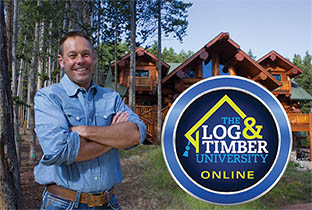
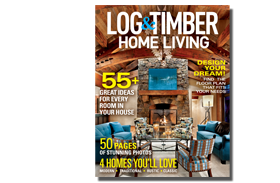

_11868_2023-12-20_08-12-256x288.jpg)
